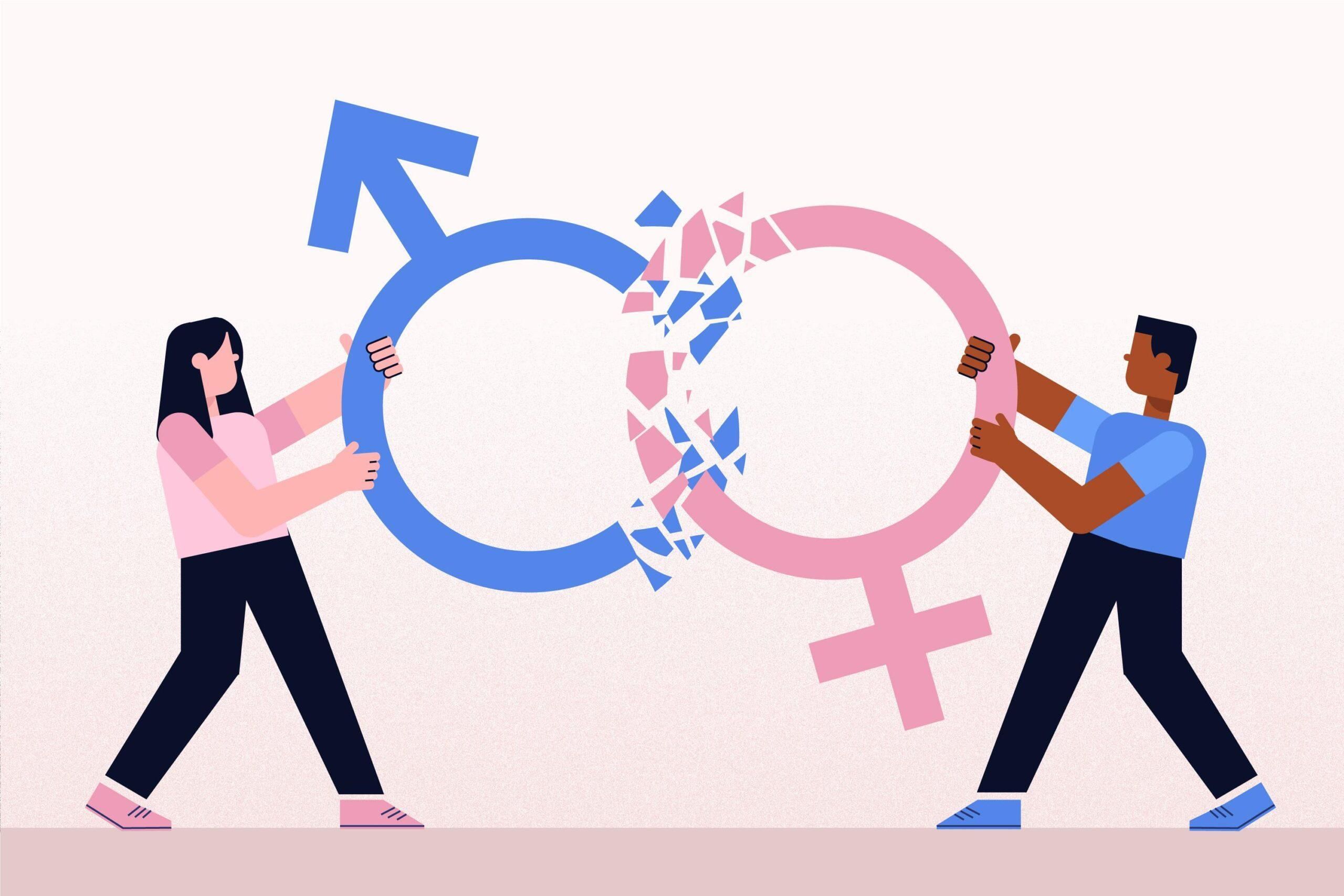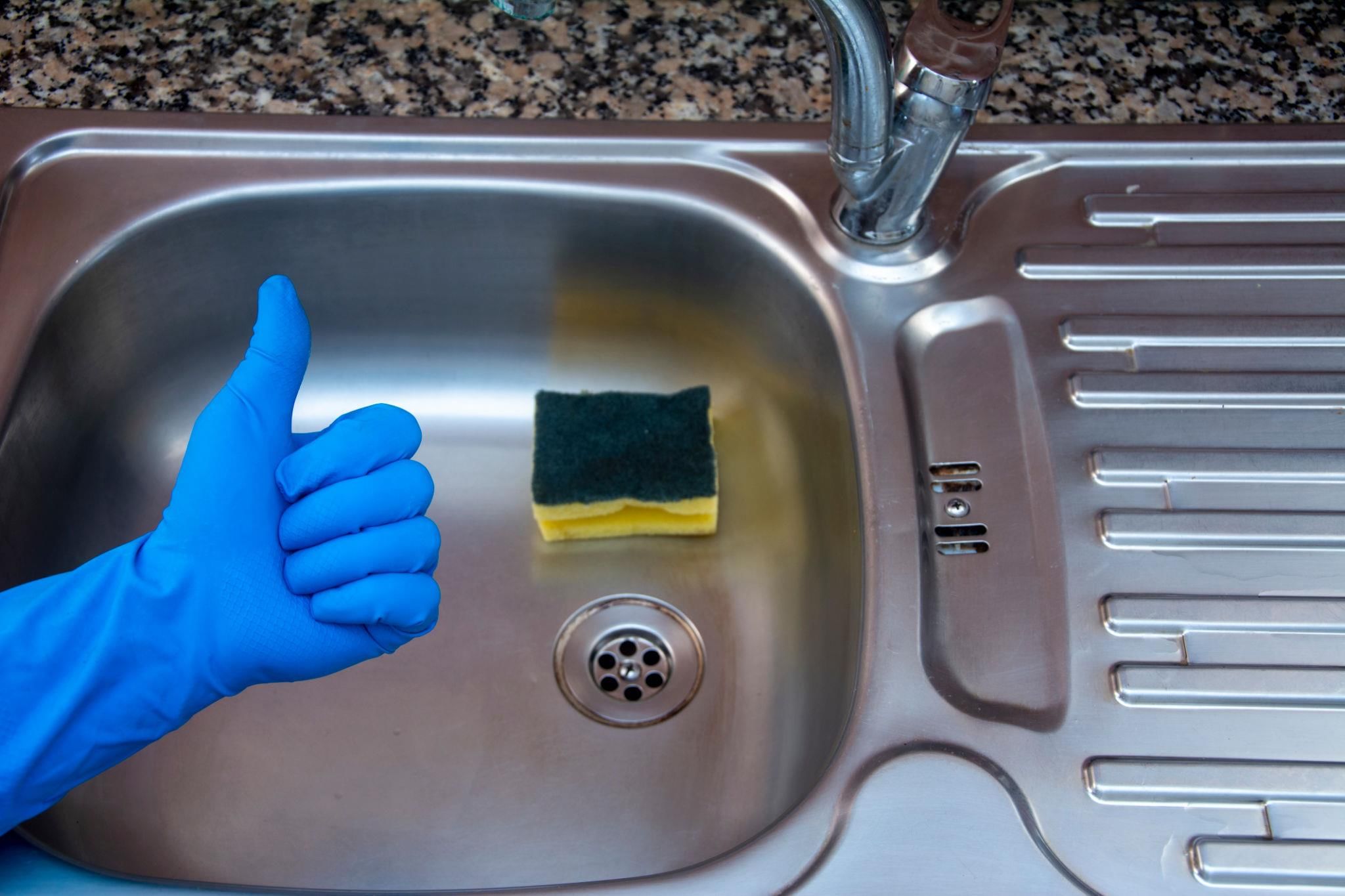Class 7 Civics Chapter 4 Question Answers - Growing up as Boys and Girls
Q.1: What does gender inequality mean?
Ans: Gender inequality means treating boys and girls, or men and women, differently and unfairly.
Q.2: Give an example of gender inequality in education.
Ans: Girls might not get the same chances as boys to go to school.
Q.3: Why does gender inequality occur?
Ans: It occurs because of societal beliefs about the roles of boys and girls.
Q.4: What is one effect of gender inequality in the workplace?
Ans: Women may receive lower pay than men for doing the same job.
Q.5: What is a key factor in addressing gender inequality?
Ans: Providing equal opportunities for both genders is essential.
Q.6: Where are the Samoan Islands located?
Ans: In the southern part of the Pacific Ocean.
Q.7: Did children in Samoa attend school in the 1920s?
Ans: No, children did not go to school.
Q.8: At what age did boys start learning outdoor jobs in Samoa?
Ans: Around the age of nine.
Q.9: Who primarily cared for babies in Samoan society?
Ans: Mothers or other adults.
Q.10: What activities did teenage girls participate in?
Ans: Fishing trips, working in plantations, and weaving baskets.
Q.11: What was the main difference in school attendance for boys and girls in Madhya Pradesh during the 1960s?
Ans: Boys and girls attended separate schools from class VI onwards.
Q.12: What feature did the girls' school have that provided safety for them?
Ans: A central courtyard for playing in seclusion.
Q.13: How did boys typically spend their time after school?
Ans: Boys used the streets to be idle and play after school.
Q.14: What type of toys are typically given to boys compared to girls?
Ans: Boys are given cars, while girls are given dolls.
Q.15: What societal issue is highlighted regarding the status of men and women?
Ans: Men and women do not have equal status in society, evident in their work.
Q.16: Who is primarily responsible for housework and caregiving tasks globally?
Ans: Women.
Q.17: How is women's housework perceived by society?
Ans: It is undervalued and not recognized as work.
Q.18: What assumption does society make about caregiving?
Ans: That it comes naturally to women and does not need to be paid.
Q.19: Why is valuing housework important?
Ans: It needs to be recognized and respected in society.
Q.20: What are the characteristics of many housework tasks?
Ans: They are strenuous and physically demanding.
Q.21: Who primarily performs domestic work in homes?
Ans: Mostly women.
Q.22: What are some physically demanding tasks of domestic workers?
Ans: Fetching water and carrying heavy loads.
Q.23: How many hours per week does an average woman spend on household work?
Ans: About 30-35 hours.
Q.24: What do employers often fail to show towards domestic workers?
Ans: Respect.
Q.25: What is a common restriction imposed on domestic workers inside employers' homes?
Ans: Working barefoot.
Q.26: What type of work is often undervalued and contributes to gender inequality?
Ans: Household and caregiving work.
Q.27: What action is needed to address gender inequality at a systemic level?
Ans: Government action.
Q.28: What does the Constitution promote regarding gender?
Ans: Equality and prohibits discrimination.
Q.29: What is the impact of childcare and housework on women’s education?
Ans: It affects their education and employment opportunities.
Q.30: What facilities must organizations with over 30 women employees provide?
Ans: Creche facilities.
|
63 videos|371 docs|46 tests
|
FAQs on Class 7 Civics Chapter 4 Question Answers - Growing up as Boys and Girls
| 1. What are the main differences between boys and girls as they grow up? |  |
| 2. How does gender identity develop during childhood? |  |
| 3. How can parents support their children's healthy development in terms of gender? |  |
| 4. Is it normal for boys to show emotions and cry? |  |
| 5. How can schools promote gender equality and inclusivity? |  |

















